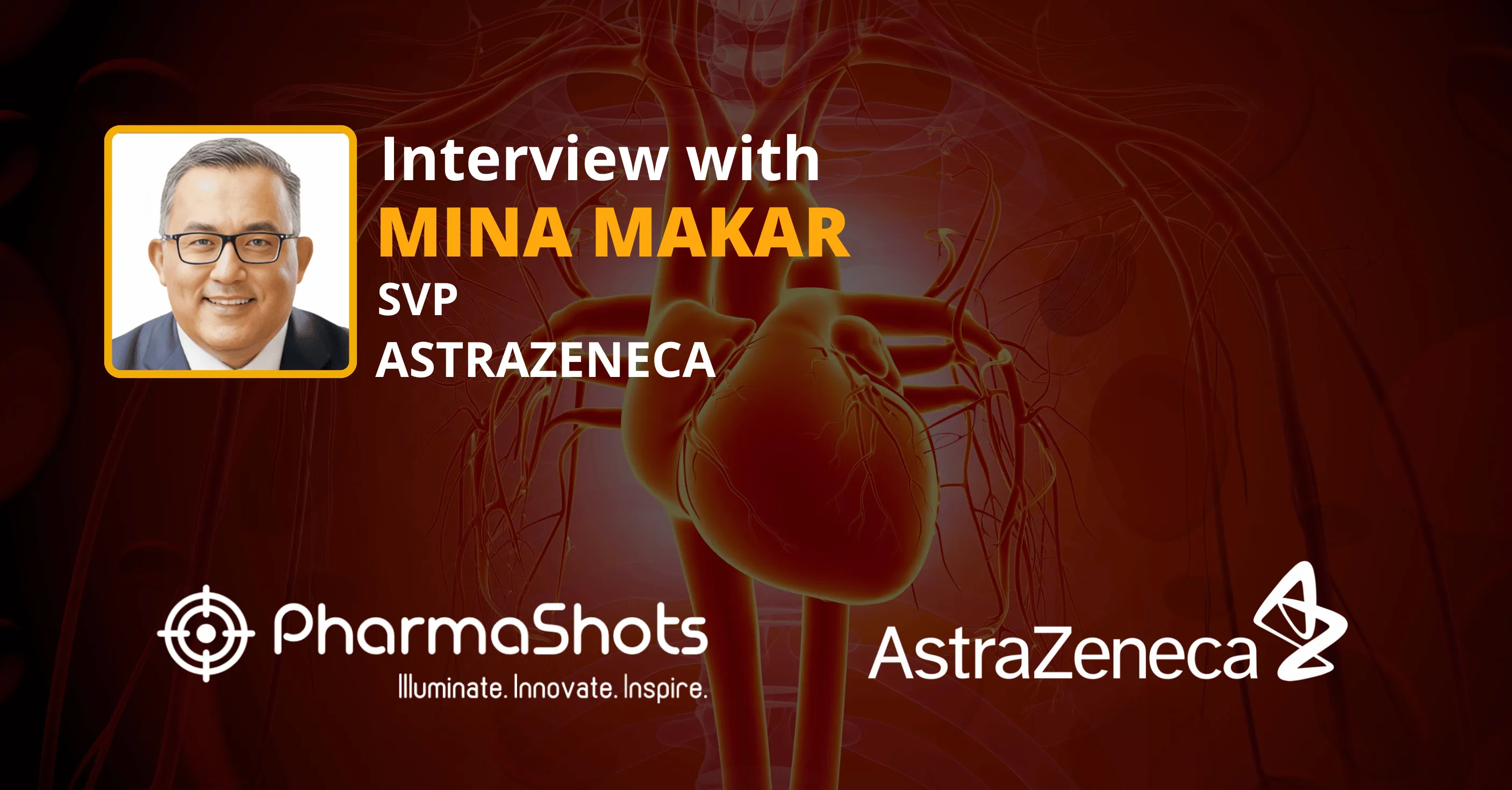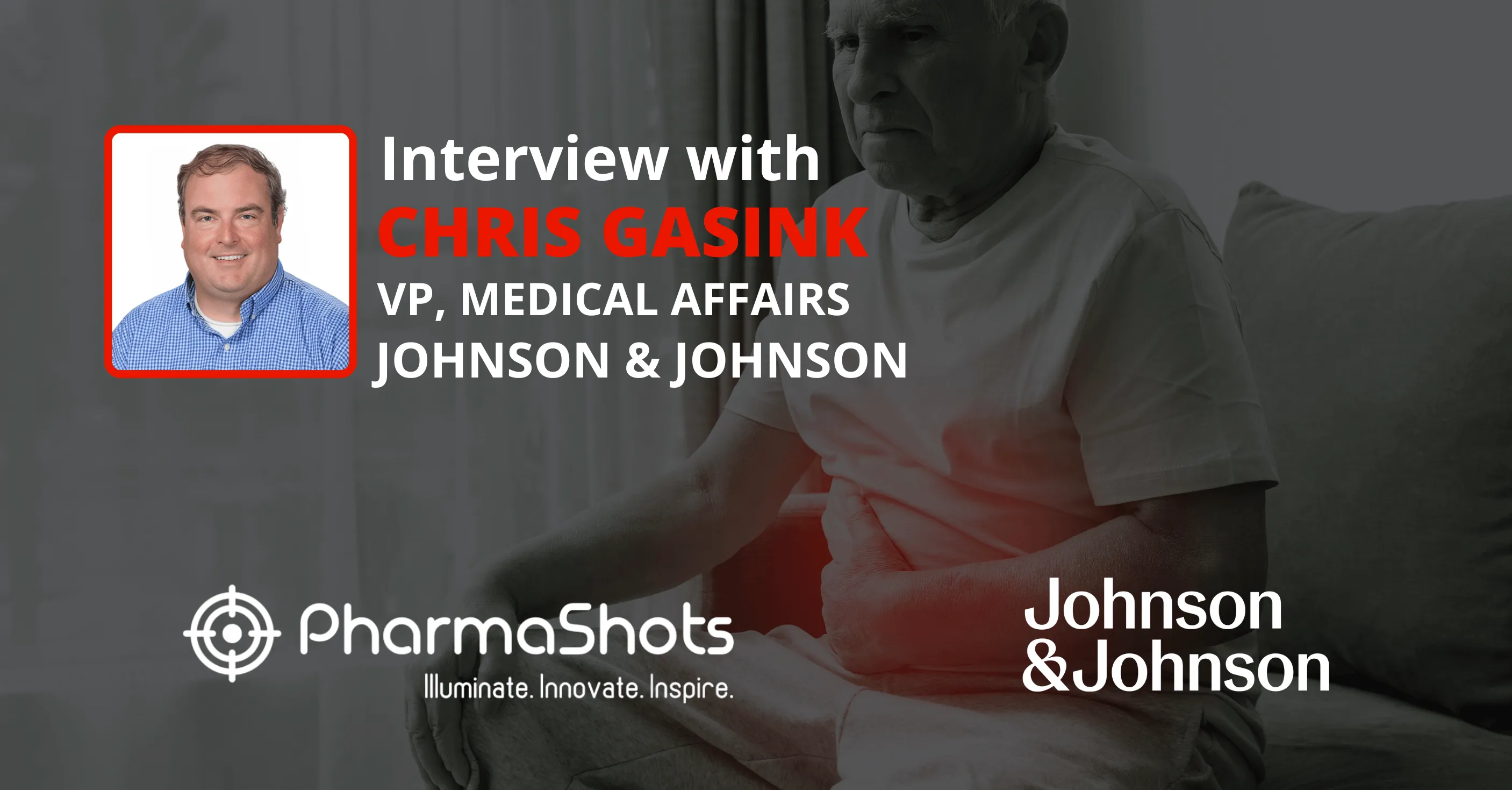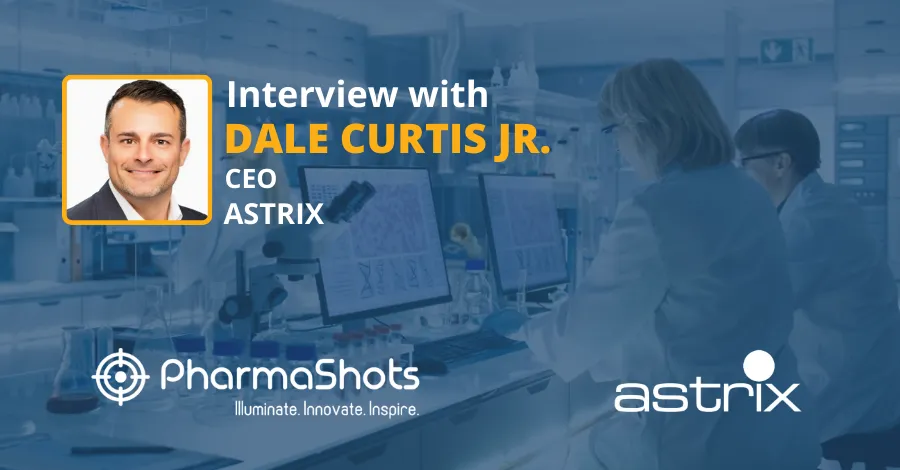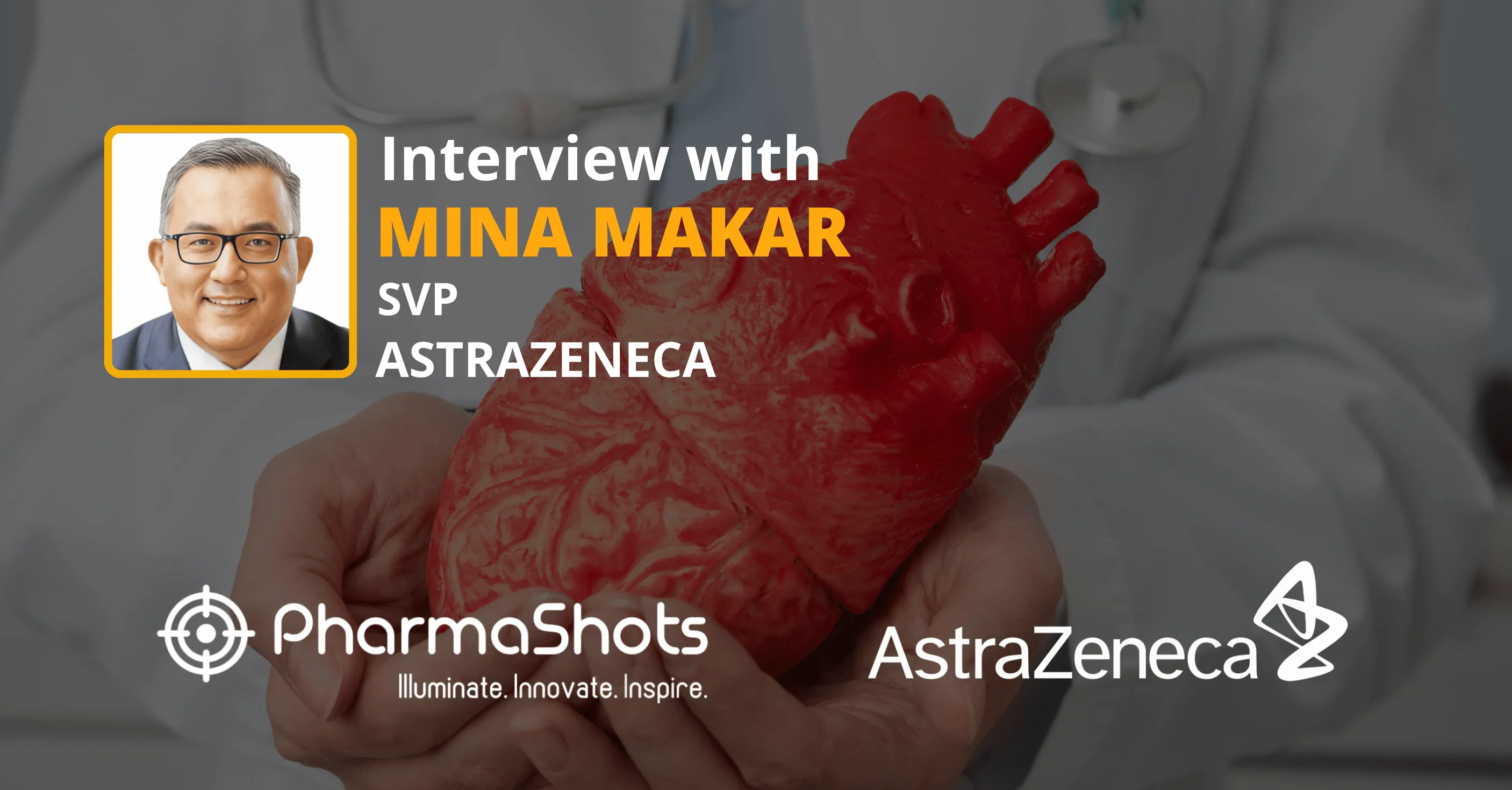
AI in Drug Discovery: Adityo Prakash from Verseon in an Illuminating Dialogue Exchange with PharmaShots
Shots:
-
AI is widely used in drug discovery and clinical research to find innovative cures for several debilitating conditions with unmet healthcare needs
-
Most of the AI architecture employs deep learning that requires extensive training data sets to produce reliable predictive models
-
Today, at PharmaShots, we have Adityo Prakash, CEO of Verseon, addressing the challenges of using conventional deep learning in AI architecture and Verseon’s proprietary ELM-based technology called Extreme AutoML
Saurabh: Could you explain how Verseon’s AI technology is tailored to work with smaller, sparse datasets in drug discovery?
Adityo: Small-molecule drug discovery is a realm of small data. Yet the most prevalent AI architecture in use today, deep learning, requires very large and dense training data sets to produce reliable predictive models. The trouble with using deep learning in the context of small-molecule drug discovery is that a sufficient number of high-quality examples to create these large, dense training data sets is simply not available.
Compared to the total number of possible drug-like chemicals, the number for which humanity has so far managed to collect data is miniscule. Depending on the literature you read, the total number of possibilities ranges somewhere between a decillion – or a one followed by 33 zeroes – and a novemdecillion – or a one followed by 60 zeroes.
However, over the past 150 years, the pharmaceutical industry has had the time and resources to make and test roughly 7 to 10 million distinct families of compounds in the lab. Current AI approaches are being trained on the results of experiments on these previously synthesized compounds, the only data available to the industry. The time-consuming process of determining how to synthesize new drug candidates in the lab continues to be a major bottleneck for conventional drug discovery. And despite innovations like high-throughput screening that test multiple candidates in parallel, the vast majority of drug-like chemical structures have never been made or tested. We have no data on them.
In this context, an alternative AI architecture that could make better predictions from smaller and sparser datasets would be of great value. Verseon has built just such a system, a novel approach to neural networks called Extreme AutoML. This architecture has significantly better predictive power for small, sparse data sets than the popular deep-learning approaches.
Saurabh: I’m curious how this approach sets itself apart from traditional deep learning methods that usually depend on large amounts of data.
Adityo: Although the limitations of deep learning in handling small data have been known in the AI field for some time, a better alternative hasn’t previously emerged. A major pitfall of using deep learning approaches to small datasets is that they are prone to training-data overfitting. Overfitting basically means that the AI model can make accurate predictions within the confines of the training data, but its predictions for new data outside the training set are often grossly inaccurate.
Our AI technology avoids such pitfalls as overfitting, so that it can make reliable predictions. Being able to make accurate predictions based on comparatively little data means that AI models will be able to better describe the behavior of a potential drug candidate before using time and resources to make and test it in a lab. That in turn means we can streamline drug discovery beyond industry-standard processes.
Verseon’s neural network architecture has a number of distinct advantages over other approaches. One critical architectural difference is how weights are processed. In machine learning, “weights” are the numerical values associated with the connections between nodes in the network. Each weight signifies the strength of influence and the positive or negative correlation between the values of a given set of neurons.
Deep learning networks have multiple layers where weights in all the layers are learned through an iterative optimization method to optimize the final training targets. In Extreme AutoML, the neuron weights are determined through a different process – a stochastic, non-iterative algorithm. Extreme AutoML networks also contain other non-linear elements in addition to the neurons.
Saurabh: Verseon’s AI is said to have 35% lower error rates vs. Google’s AutoML. What are some of the standout features or innovations in your technology that help achieve such impressive accuracy?
Adityo: We’ve published several peer-reviewed papers showing the lower error rates we achieve on standard benchmarking datasets when compared to Google AutoML, the current state-of-the-art for deep learning. The novel aspects of Verseon’s neural network architecture I’ve described have contributed to our superior accuracy.
Saurabh: How does Verseon’s approach to AI affect the overall efficiency and speed of drug development? Could you share any specific examples or case studies that highlight these impacts?
Adityo: Our AI models are integrated throughout our drug-discovery process, which includes breakthroughs in several other fields. Our platform greatly increases the overall speed of drug discovery and development. However, that is only an ancillary benefit when one considers the efficiency and predictability with which we systematically produce entirely novel drug candidates with uniquely desirable therapeutic profiles.
Each of our programs is an example of what combining the right AI with the right physics-modeling tools can do.
As I’ve mentioned, conventional small-molecule drug discovery relies either on high-throughput screening – essentially trial-and-error experiments on painstakingly synthesized compounds – or on AI trained on the same limited experimental data to identify promising drug candidates.
By contrast, we use our groundbreaking physics-based computer models to design hundreds of highly promising drug candidates for every disease program we start. These candidates typically bear no resemblance to compounds in extant high-throughput screening libraries. We then make these compounds in the lab and characterize them through extensive biochemical testing. Our proprietary Extreme AutoML AI, trained on this novel-molecule data inaccessible to the rest of the industry, helps optimize Verseon’s drug candidates, enhancing the therapeutic properties of the final candidates nominated for clinical trials.
Every candidate in our drug pipeline promises to change the standard of care for the disease it addresses, and as such, they demonstrate the power of our platform.
Our Precision Oral Anticoagulants prevent life-threatening clots that lead to strokes and heart attacks without increasing bleeding risk, the major drawback of all current anticoagulants in use. Over 400 million cardiovascular disease patients around the world could benefit from drugs that overcome the bleeding risk posed by current therapies.
Our first-in-class oral diabetic retinopathy drugs would prevent vision loss in diabetics and could be administered at the earliest signs of disease. No such treatment options exist today. Currently available drugs only treat symptoms of late-stage disease with monthly injections in the eye and fail to provide any improvement for 50% of patients. Over 187 million diabetics worldwide could benefit from our prophylactic therapies.
And the list goes on. We’re also developing a range of novel oncology drugs. Using our breakthroughs in physics modeling and AI, we’ve built a platform that can go after nearly any human disease.
Saurabh: What do you mean by ‘navigating a vast chemical universe,’ and how does your AI technology make this possible? I’m particularly interested in how you access and utilize data that might be out of reach for others.
Adityo: As I mentioned earlier, the number of possible drug-like small molecules is mind-bogglingly large. Even under more conservative estimates, there are a decillion drug-like structures to explore. The experimental data for the 7 to 10 million chemotypes the industry has synthesized and tested leaves most of the possible chemical universe unexplored. Saying that we have enough data based on those experiments is the same as saying that our space program has visited the entire universe after landing on the Moon.
If humanity is to break free from producing “me-too” drugs that are only small tweaks on previously synthesized compounds, we need to explore new regions of the chemical universe. The great new medicines of the future dwell in this vast unexplored space, as our pipeline demonstrates.
It’s important to keep in mind that AI models are good at predicting properties of molecules similar to drugs that are already known. But the less a given drug structure resembles the molecules for which there is available training data, the more AI will struggle to make valid predictions. It’s a huge problem for using AI in novel small-molecule drug discovery that isn’t discussed nearly enough.
But it isn’t insurmountable.
Verseon has developed Deep Quantum Modeling™, a set of fundamental breakthroughs in modeling the physics of protein-drug interactions, to design and study novel drug compounds. It can computationally explore molecules for which there is no experimental data. And its predictions are sufficiently accurate to generate what data scientists call “synthetic data” for use in our AI’s training dataset.
Once a number of drug compounds that are novel but similar to each other have been modeled, Verseon’s AI technology enables prediction of properties of other drugs in the same “chemical neighborhood.” And as we produce and test the most promising of these compounds in the lab, we also add new, proprietary experimental data to our AI’s training set.
So Verseon’s system achieves a sort of convergence. Its Deep Quantum Modeling™ begins to fill parts of the data void in unexplored chemical space. And our Extreme AutoML, which we have branded VersAI™, makes valid, accurate predictions without the need to fill that portion of the void to the level of density deep learning would require.
Saurabh: How does Verseon’s AI technology fit into the broader drug discovery process, like experimental design and result analysis? I’m curious about how automation plays a role in bringing everything together.
Adityo: For each program, our system starts with target validation, analyzing a target protein involved in the disease process and using systems biology combined with VersAI™ to establish our lab- and clinical-testing roadmap.
We use computer-directed synthesis and highly automated biological testing processes to characterize our drug candidates. Automation plays an important role in removing certain traditionally time-consuming laboratory-testing bottlenecks and accelerating the process of drug development.
Saurabh: Besides drug discovery, are there other areas or industries where Verseon’s AI technology could make an impact? I’d love to hear how technology adapts to various types of data and different challenges.
Adityo: In real life, small, sparse datasets far outnumber big-data scenarios. Verseon’s AI technology is broadly applicable to all such scenarios, extending beyond drug discovery and the life sciences.
Most AI companies today struggle to get their hands on enough high-quality training data. Small, sparse, and imperfect datasets are common throughout everyday life in such contexts as consumer behavior, ecommerce, finance, and more.
Saurabh: What are Verseon’s future plans for expanding or improving its AI technology? Are there any exciting innovations or projects on the horizon that you can share?
Adityo: We’ve made massive strides in predictive accuracy, and we continue to reduce the error rates in our AI predictions even further. As seen in a peer-reviewed paper that our team published earlier this year, Verseon has developed methods that provide real-time explainability of how our AI systems make predictions. Knowing how AI makes decisions speeds the process of validating our AI’s results and making any necessary adjustments or refinements before proceeding to the next steps in the discovery and development processes. This capability is already quite robust, and we continue to refine it.
There are many other new features and additional AI-related technologies we’re developing. We will announce them in due time as we publish peer-reviewed papers documenting our advances.
Image Source: Canva
About the Author:

Adityo Prakash
Adityo started Verseon to change the way the world finds new medicines. He enjoys building fundamental science-based solutions to major business problems that impact society. Adityo has led the development of Verseon’s drug discovery platform, novel drug pipeline, and overall business strategy. Previously, he was the CEO of Pulsent Corporation and is the primary inventor of technology at the heart of all video streaming today. With a track record of delivering industry firsts, Adityo is an inventor on 40 patent families. He received his BS in physics and mathematics from Caltech.
Related Post: AstraZeneca at ERA’24: Mina Makar in a Stimulating Conversation with PharmaShots
Tags

Saurabh is a Senior Content Writer at PharmaShots. He is a voracious reader and follows the recent trends and innovations of life science companies diligently. His work at PharmaShots involves writing articles, editing content, and proofreading drafts. He has a knack for writing content that covers the Biotech, MedTech, Pharmaceutical, and Healthcare sectors.














